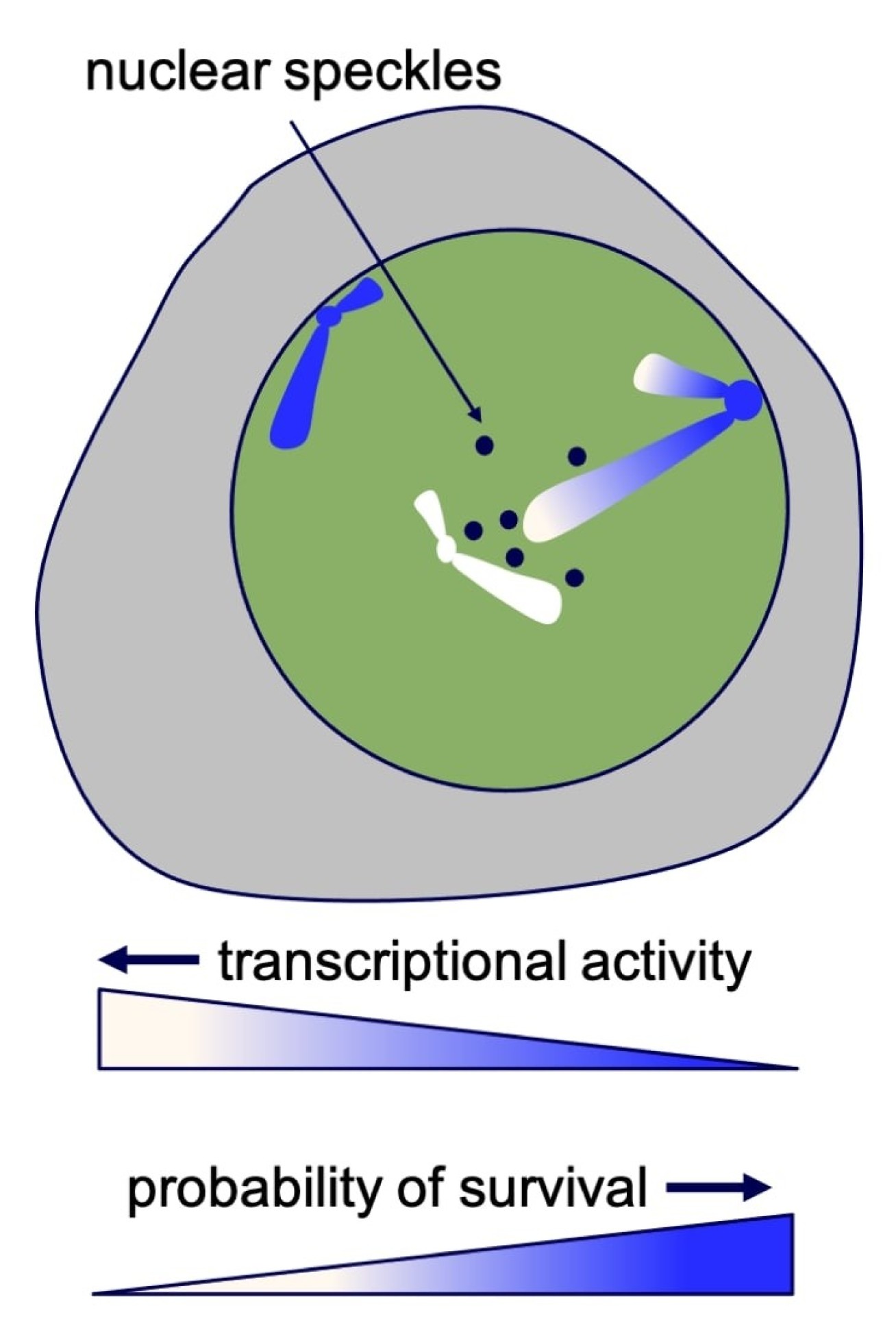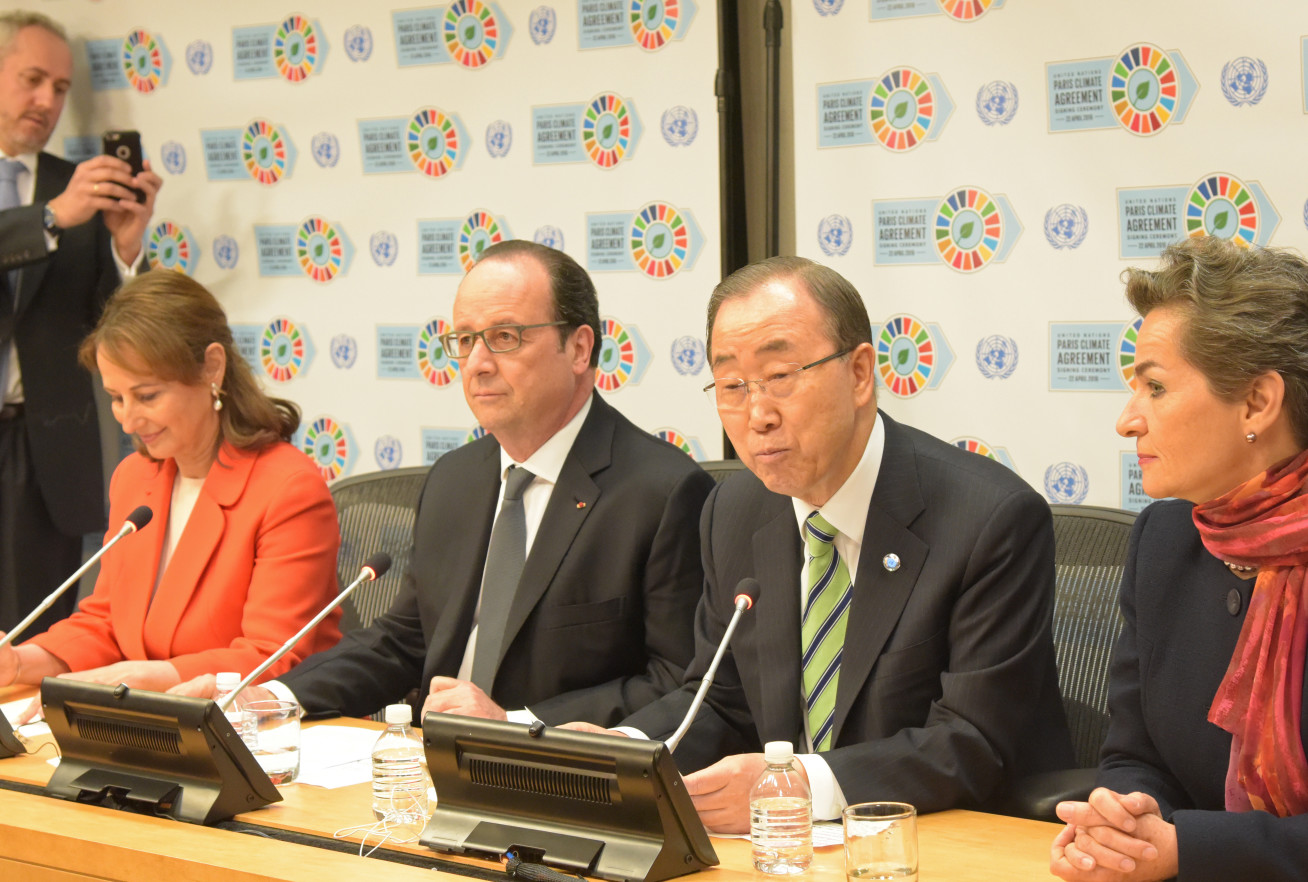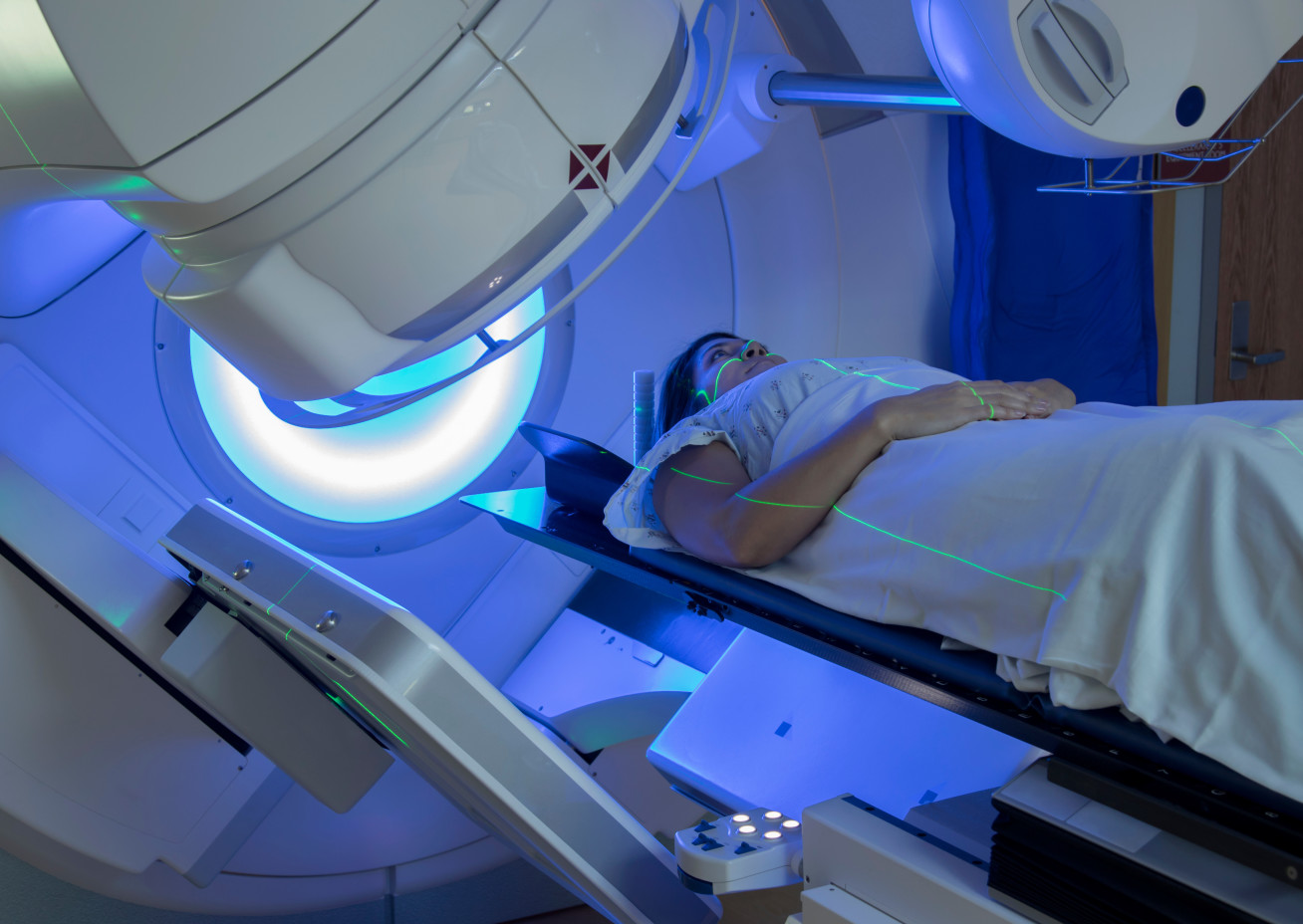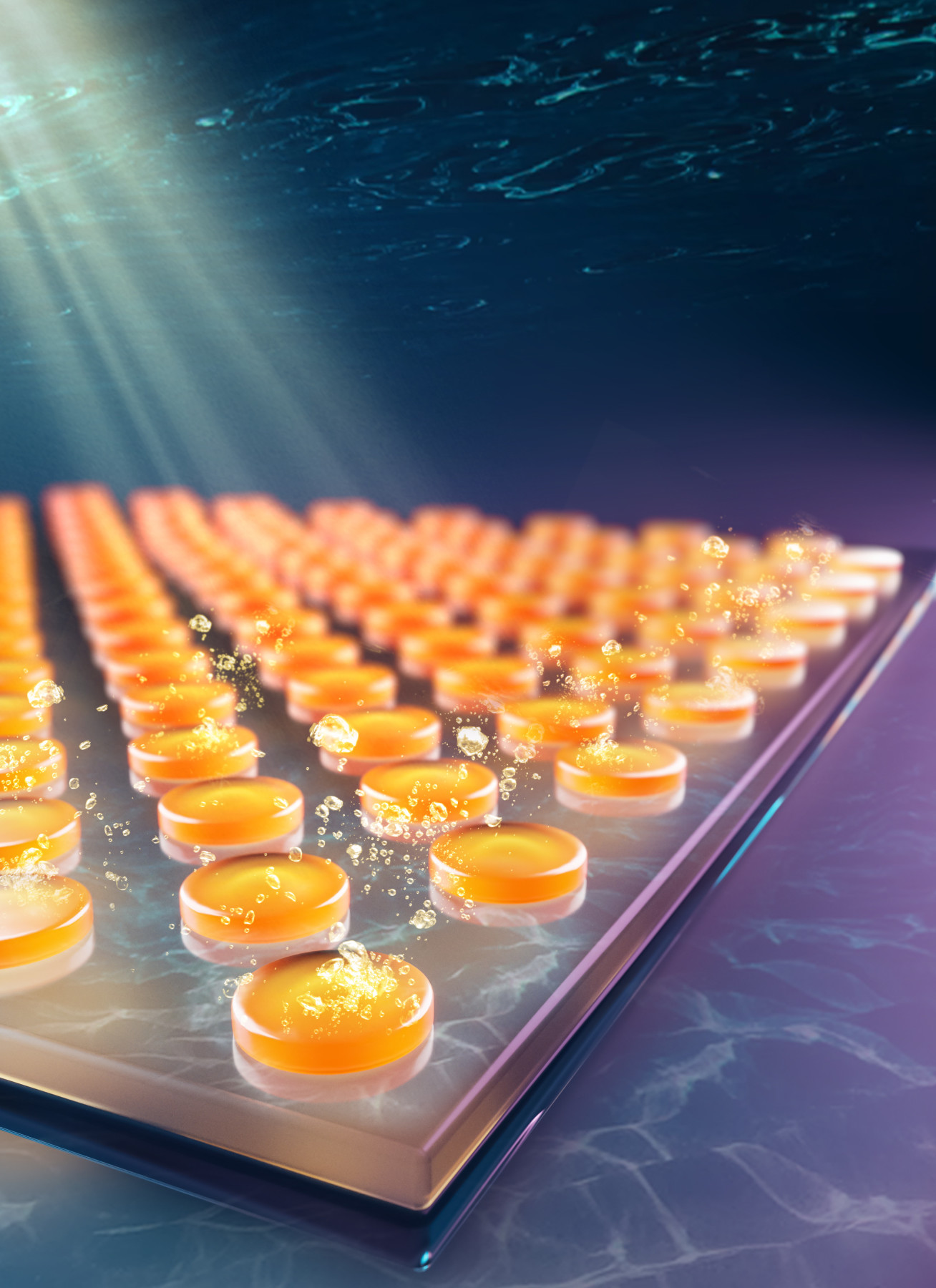Arctic clouds and harnessing light: News from the College

Here’s a batch of fresh news and announcements from across Imperial.
From research that shows clouds are sensitive to warming and pollution, to a multi-million pound grant for investigating light-driven energy conversion, here is some quick-read news from across the College.
Clouds and climate

How clouds respond to a changing climate is an important area of research, since under certain conditions they can either enhance or dampen the effects of warming. Knowing which they are more likely to do helps researchers model future climates more accurately.
Now, Rebecca Murray-Watson and Dr Edward Gryspeerdt from Imperial’s Department of Physics have shown that clouds over the Arctic are sensitive to both warming and pollution. They showed that, if only warming or pollution occur, the clouds will respond by holding more water and brightening, which cools the surface.
But if increased warming and pollution occur together, the clouds thin, leading to further warming of the surface. This added warming is the most likely scenario as the Arctic climate warms and more pollution is released from increased shipping in the region. This could have knock-on impacts such as limiting the formation of sea ice in the Autumn.
Read more in Atmospheric Chemistry and Physics.
Leukaemia virus survival

In a person who is infected with HIV or the human T-cell leukaemia virus, HTLV-1, the virus survives indefinitely in infected cells despite a strong immune response. It is not fully understood why some of the infected cells survive, while others are killed by the immune system.
A new study, including Imperial researchers, has found that the cells that survive contain the virus’ DNA in a specific physical position in the nucleus and a specific position along the chromosome. However, it remains unclear what exactly the cells are doing to evade the immune response.
Professor Charles Bangham, Co-Director of Imperial’s Institute of Infection, said: “These viruses are exploiting some fundamental features of the organisation of the genome in the nucleus which have yet to be identified.
“Viruses continue to be important tools to investigate normal biological processes, as well as being important in their own right by causing disease.”
Read more about the study in Science Advances.
Sustainable collaboration

Global sustainability efforts have been streamlined as part of two United Nations agendas, the Paris Agreement and the Sustainable Development Goals. When policymakers try to put these goals into action they often wonder how they influence each other and if such interactions are always linear without any potential tipping points.
Analysing 400 variables in more than 150 countries over the last 20 years, a team led by Felix Laumann and Professor Mauricio Barahona from the Department of Mathematics at Imperial have now investigated how interactions between these agendas have emerged.
Their findings show that global partnerships are essential to tackle climate change, improve educational standards in low-income countries, and reduce poverty globally. By separating countries into different groupings (e.g., Global South and Global North), the results stress the need to define goals in accordance with local circumstances and priorities, leveraging the expertise of regional stakeholders.
Read more in The Lancet Planetary Health.
Treating rectal cancer

The selection of patients for preoperative treatment, such as radiotherapy, in rectal cancer is a controversial issue. Under the 2020 National Institute for Health and Care Excellence (NICE) guidelines, significantly more patients with rectal cancers will receive preoperative radiotherapy treatment compared with the previous NICE guidelines.
However, a new study, which includes Imperial researchers, has found that a less selective approach to such treatment could lead to overuse of radiotherapy and poorer outcomes for patients.
The researchers warn that implementing an unselective radiotherapy policy could cause “substantial harm” to patients, through increased morbidity, increased bowel and sexual dysfunction, and reduced quality of life, as well as stretching NHS resources.
Professor Gina Brown, from Imperial’s Department of Surgery and Cancer, who worked on the study, said: "This study is important because it addresses the importance of preoperative staging by MRI in identifying patients who do not require pelvic radiotherapy.
“This information can now be shared with patients so that they can make an informed choice based on accurate prognostic information”
Read more about the study in The Lancet Oncology.
Harnessing light

Imperial is part of a new £10m EPSRC grant, led by King’s College London, to investigate light-driven energy conversion at the nanoscale for stimulating chemical transformations. This could solve one of the most pressing demands for a sustainable society: reducing the energy required in key chemical processes.
The project aims to develop a new field of research called ‘plasmo-catalysis’, which will take the light-harvesting capabilities of metallic nanostructures and transform this energy to control chemical reaction pathways in photocatalysis and photo-electrocatalysis. The research has the potential for wide reaching applications in energy production, environmental clean-up and the pharmaceutical industry.
Imperial lead Professor Stefan Maier said: “The field of plasmonics has impacted our ability to control light and its interaction with matter on the tiniest of scales for many years — our new programme linking this research with catalysis, an area where the UK is leading, will open up fascinating opportunities for new research and ultimately devices exploiting sunlight as the primary energy source.”
Read more in the King’s College London news story. Want to be kept up to date on news at Imperial? Sign up for our free quick-read daily e-newsletter, Imperial Today.
Want to be kept up to date on news at Imperial? Sign up for our free quick-read daily e-newsletter, Imperial Today.
Main image credit: Shutterstock.
Article text (excluding photos or graphics) © Imperial College London.
Photos and graphics subject to third party copyright used with permission or © Imperial College London.
Reporter
Hayley Dunning
Communications Division
Conrad Duncan
Communications Division